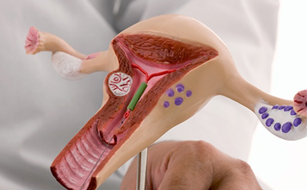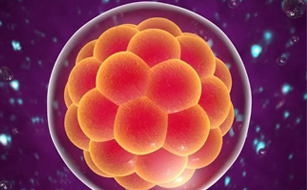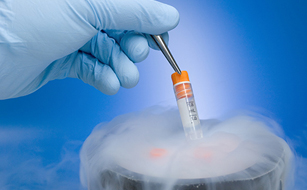
ICSI stands for Intracytoplasmic Sperm Injection. It's an advanced technique used in assisted reproductive technology (ART), specifically in the process of in vitro fertilization (IVF). ICSI is typically employed when there are issues with the sperm that may impair its ability to fertilize an egg naturally.
In ICSI, a single sperm is injected directly into the cytoplasm (inner part) of a mature egg using a fine glass needle. This method bypasses many of the barriers to fertilization that might exist in natural conception, such as low sperm count, poor sperm motility, or abnormalities in sperm shape (morphology). It can also be used in cases where previous IVF attempts have failed due to fertilization issues.
The steps involved in ICSI are similar to those in conventional IVF, up until the point of fertilization:
Ovarian Stimulation: The woman undergoes hormonal therapy to stimulate her ovaries to produce multiple eggs.
Egg Retrieval: Mature eggs are retrieved from the woman's ovaries using a minor surgical procedure.
Semen Collection and Sperm Preparation: On the same day as egg retrieval, the male partner or a sperm donor provides a semen sample, which is then processed in the laboratory to isolate the most motile and healthy sperm.
Sperm Injection: Using a micromanipulation technique, a single sperm is selected and injected directly into the cytoplasm of each mature egg.
Embryo Culture: After fertilization, the embryos are cultured in the laboratory for several days to allow them to develop.
Embryo Transfer: The selected embryos are transferred into the woman's uterus as part of the IVF process.
ICSI has revolutionized the treatment of male infertility and has significantly improved the success rates of IVF for couples facing sperm-related challenges. It allows couples with severe male factor infertility to achieve pregnancy when conventional IVF may not be effective.

AIUI stands for Intrauterine Insemination. It's a fertility treatment that involves placing sperm inside a woman's uterus to facilitate fertilization.

Blastocyst transfer represents a significant advancement in the field of assisted reproductive technology, offering hope to individuals and couples struggling with infertility. By extending embryo culture to the blastocyst stage, this technique allows for improved embryo selection

Embryo freezing has transformed the landscape of fertility treatment, offering individuals and couples facing infertility a valuable option for preserving and expanding their reproductive options. By cryopreserving embryos, individuals can increase their chances of pregnancy, reduce the risk of complications

High-risk pregnancy presents unique challenges and requires specialized care to ensure the health and well-being of both mother and baby. By understanding common risk factors, recognizing potential complications, and implementing appropriate management strategies, healthcare providers can help navigate the complexities of high-risk pregnancy and optimize outcomes for expectant

